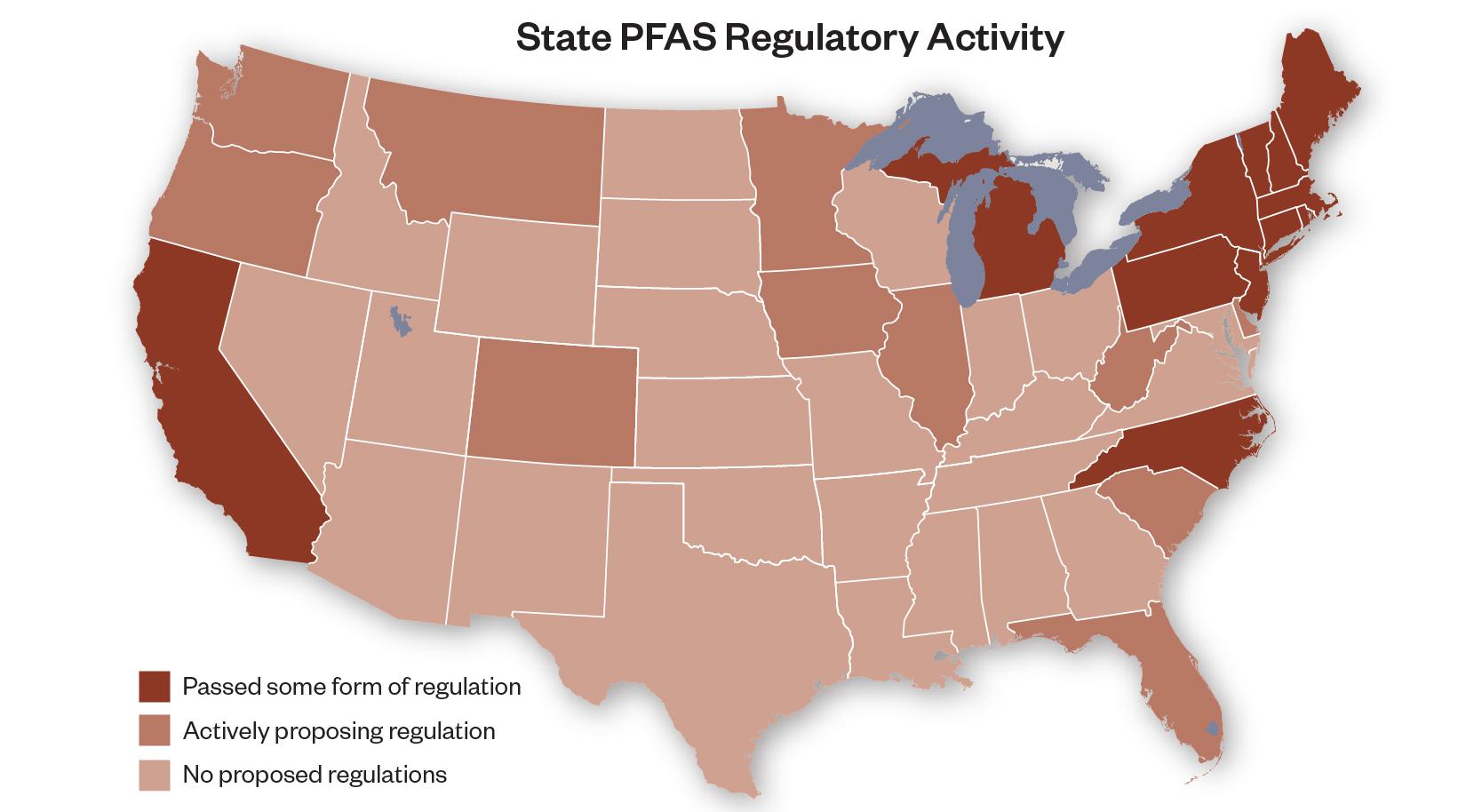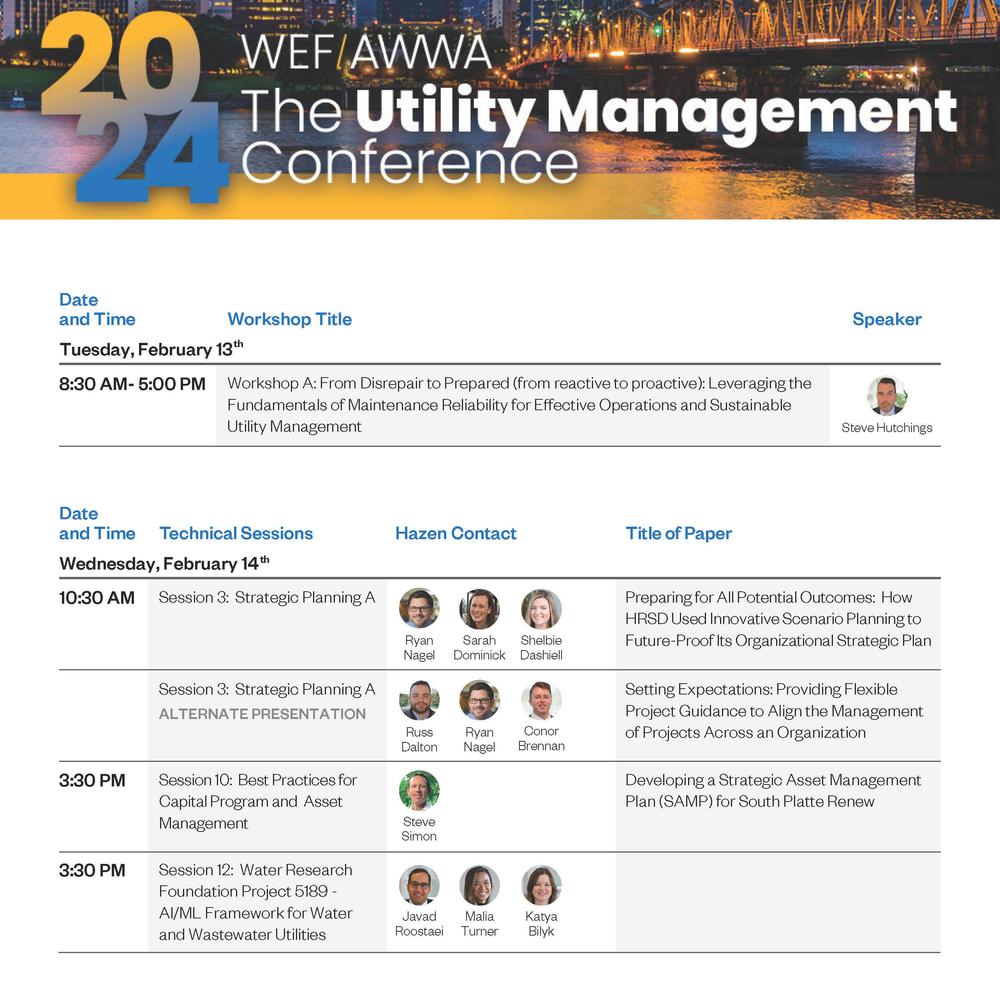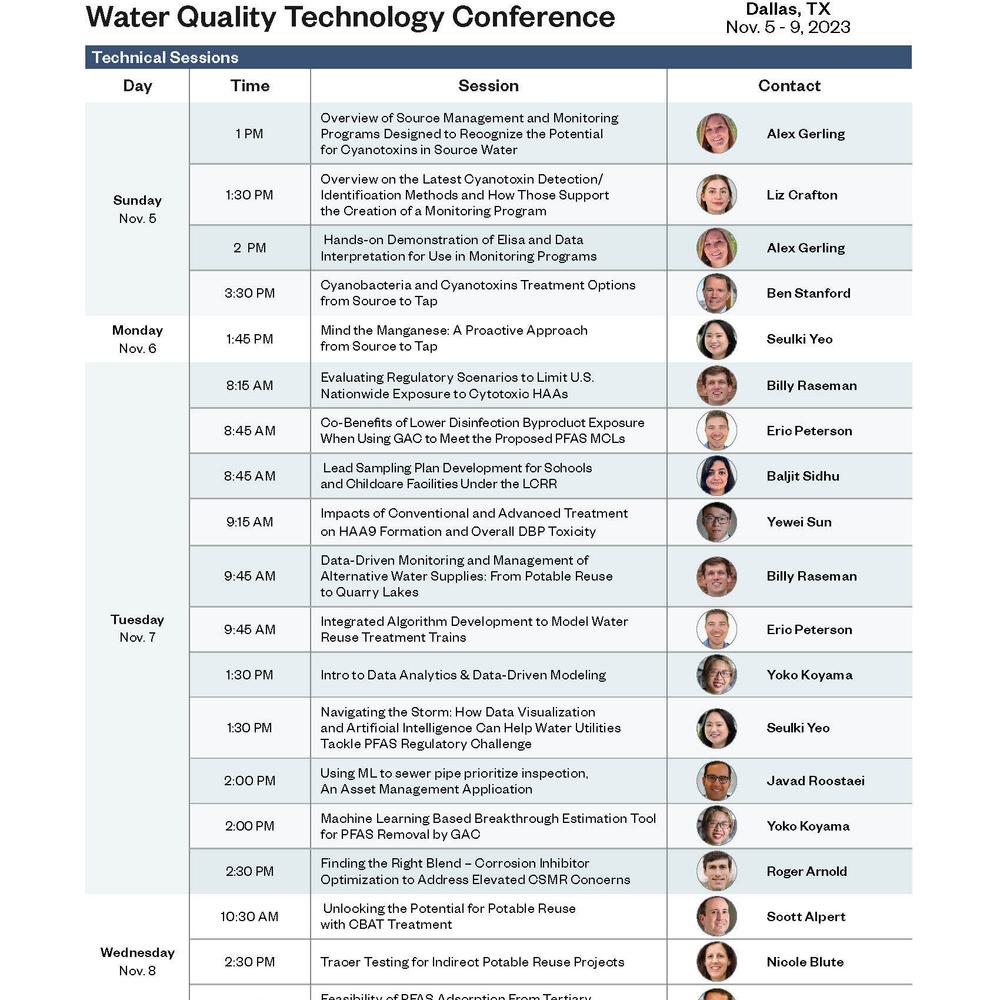Comprehending the PFAS Challenges and Drivers
Last Modified Feb 07, 2022

Nearly every aspect of the water industry is affected by the proliferation of PFAS contamination. Already, we’re seeing impacts on drinking water, wastewater, reuse, and biosolids operations. More than 20 states have developed or are developing drinking water guidelines or standards and it is expected that federal MCLs will be enacted in the future. Limitations to land application of biosolids and the development of categorical pollutant standards for PFAS are also likely to come from both states and the Federal government.
Comprehending your PFAS situation requires understanding existing and expected regulatory requirements, public expectations, and testing to determine the types and concentrations of PFAS in water, wastewater, or biosolids. Testing ahead of regulatory mandates can allow for early identification of issues and position a utility to proactively engage with industries or technology providers as needed. Source tracking and identification of PFAS in the local watershed or sewershed is also key to identifying sources of PFAS, types and concentrations of PFAS (now and expected in the future), and opportunities for wastewater treatment. This stage should result in a baseline of information regarding the utility’s PFAS levels or lack thereof, defined objectives, and defined drivers.
INSIGHT: Evaluate water quality parameters to identify any that may limit options for PFAS reduction methods. For example, natural water quality constituents in groundwater can impact the selection of granular activated carbon (GAC) versus ion exchange (IX).
CASE STUDY: In January 2020, California decreased the Notification Levels (NLs) from 14 ppt PFOA and 13 ppt PFOS to 5.1 ppt PFOA and 6.5 ppt PFOS—to date the most stringent regulatory requirements in the U.S. for PFOA and PFOS. State regulators also decreased the Response Level (RLs) from a combined 70 ppt to 10 ppt PFOA and 40 ppt PFOS. The RLs reflect levels at which a water system must stop using the water source, treat the water to remove the PFOA/PFOS, or provide public notification. Water systems have up to one year from the receipt of monitoring orders to comply using a running-annual average concentration calculation. Shifting PFOA and PFOS regulatory standards in California have resulted in many more water systems being impacted than were previously, and this may continue as regulations evolve.
Related Content:
Exploring Options for PFAS Management










